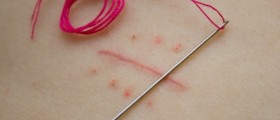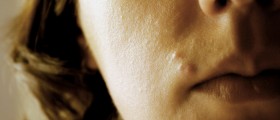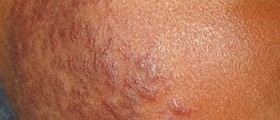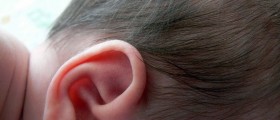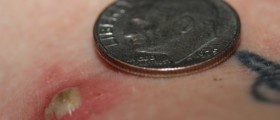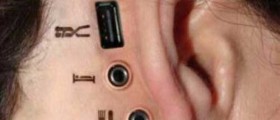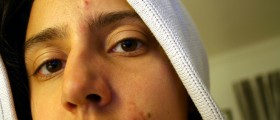Overview
Risk Factors
Individuals who are more prone to develop keloids from scar tissue include those with a darker skin pigmentation and women. The reason why women are more likely to develop keloids is that they are more likely to undergo cosmetic procedures that result in breaking of the skin.
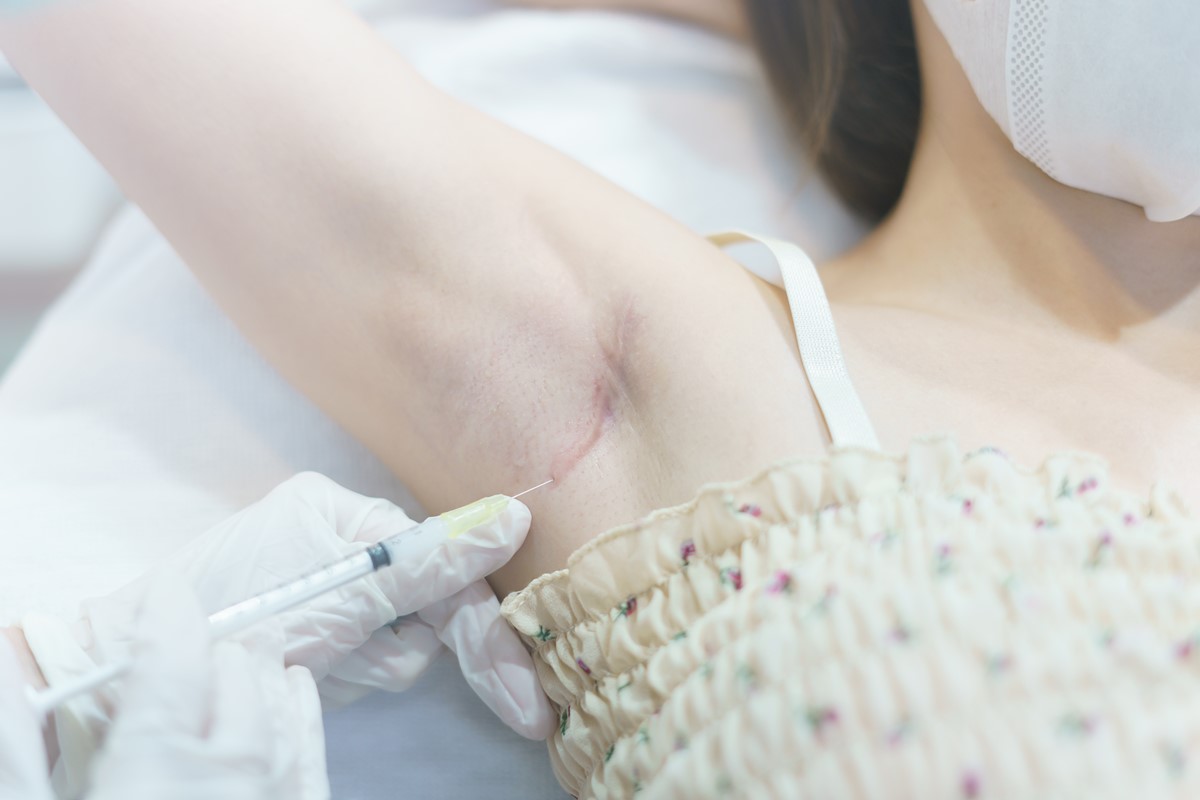
Characteristics of Keloid Scars
In order to be able to identify a keloid scar one must be able to tell the difference between this skin lesion and other similar types. The characteristics of a keloid scar are:
- Raised and thickened scar tissue that is red in colour.
- It appears at the site of the skin trauma.
- The lesions may cause a burning sensation or be itchy.
- It can be an isolated lesion that appears suddenly and where other neighbouring wounds have healed adequately.
- The lesions are soft and have a dough-like consistency or might be rubbery and hard.
- They often appear in areas of the body where there are no sebaceous glands or hair follicles.
- The lesions grow slowly over months and even years but they eventually do stop growing.
Management
Unfortunately, there is no cure for keloid scars but there are suggestions and therapies that can be followed to help reduce their appearance and to try and limit their growth.
The most important way to manage keloid scars is by preventing them from occurring in the first place. Non-essential surgeries should be avoided and one should be wary of performing ear piercings as the earlobes are prone to developing these scar lesions.
Silicone dressings and gel sheets have been used before with some success stories coming from this therapy. The pressure from the dressings and increased production of collagenase which helps to break down the keloid tissue. Compression garments and dressings can also help reduce the size of the keloid by reducing blood flow to the scar.
Corticosteroids have also been noted as useful in reducing the size of keloid scars. Steroid medication is injected into the keloid and this helps to reduce the production of collagen in the tissue. There is a vast spectrum of results with the injected steroids and the therapy involves repeated treatments but it is a therapy worth considering.
- www.ncbi.nlm.nih.gov/pmc/articles/PMC3639020/
- Photo courtesy of SteadyHealth


